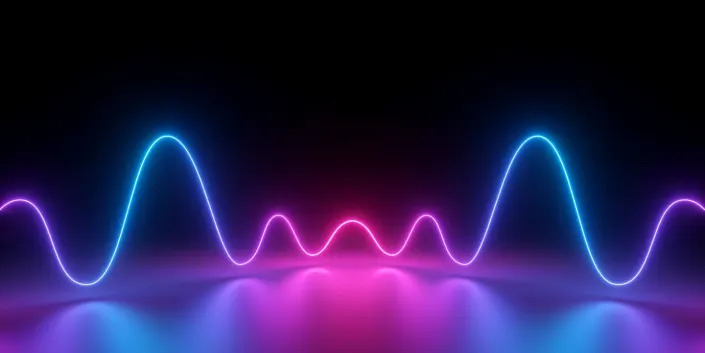Yahoo News: Scientists Finally Manipulate Quantum Light, Fulfilling Einstein's 107-Year-Old Dream


Scientists stand ready to manipulate quantum light, just as Albert Einstein envisioned in 1916.
Researchers from the University of Sydney and the University of Basel successfully managed to manipulate and identify small numbers of interacting photons—packets of light energy. According to the team, this work represents an unprecedented landmark development for quantum technologies.
Stimulated light emission—a theory first proposed by Einstein in 1916 that helps explain how photons can trigger atoms to emit other photons—laid the basis for the invention of the laser (Light Amplification by Stimulated Emission of Radiation). It’s long been understood for large numbers of photons, but this new research has allowed scientists to both observe and effect stimulated emission for single photons for the first time. Researchers measured the direct time delay between one photon and a pair of bound photons scattering off a single quantum dot, a type of artificially created atom. “This opens the door to the manipulation of what we can call ‘quantum light,’” Sahand Mahmoodian, of the University of Sydney School of Physics and joint lead author of a research paper published in Nature Physics, says in a news release. “This fundamental science opens the pathway for advances in quantum-enhanced measurement techniques and photonic quantum computing.
The reality of the way light interacts with matter continues to offer researchers opportunities to discover practical uses based on the theoretical knowledge, from communication networking to computers and GPS to medical imaging. Photons that don’t easily interact with each other, for example, can be used in communication to offer near distortion-free transfer of information at light speed.
But sometimes, we do want light to interact with other light. And on a single-photon quantum level, that has long confounded scientists. To finally see how it works and make it happen, researchers used a new device to induce strong interactions between photons. This device allowed the team to see the difference in time delay between one photon bouncing off a quantum dot and a bound pair of photons doing the same thing.
“We observed that one photon was delayed by a longer time compared to two photons,” Natasha Tomm from the University of Basel and joint lead author says in the news release. “With this really strong photon-photon interaction, the two photons become entangled in the form of what is called a two-photon bound state.”
This understanding, in principle, can allow us to develop more sensitive measurements with higher resolutions while using fewer photons, ideal for biological microcopy. WE could push our tech all the ay to the quantum limit. “By demonstrating that we can identify and manipulate photon-bound states, we have taken a vital first step toward harnessing quantum light for practical use,” Mahmoodian says. The next steps include generating states of light useful for “fault-tolerant quantum computing.”
“This experiment is beautiful, not only because it validates a fundamental effect—stimulated emission—at its ultimate limit, but it also represents a huge technological step toward advanced applications,” Tomm says. “We can apply the same principles to develop more efficient devices that give us photon-bound states. That is very promising for applications in a wide range of areas: from biology to advanced manufacturing and quantum information processing.”

